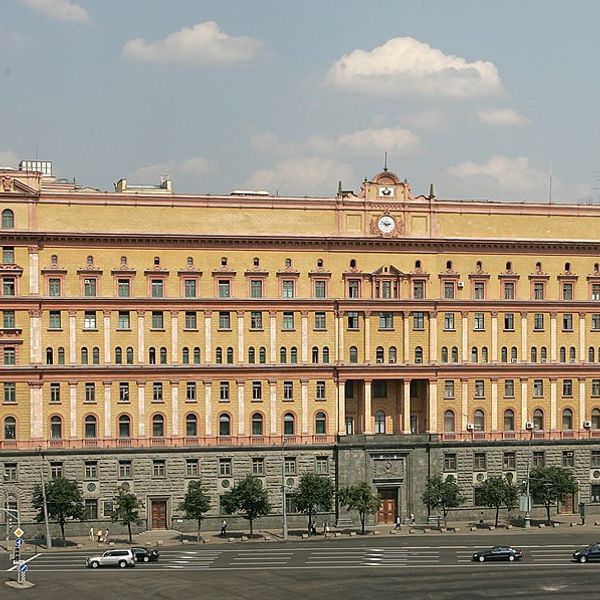Bottom Line Up Front
- A U.S. strike that killed the head of Iran’s Islamic Revolutionary Guard Corps Qods Force, IRGC Major General Qassem Soleimani, and the founder of the pro-Iranian Iraqi militia Kata’ib Hezbollah, represents a major escalation of U.S. conflict with Iran.
- The strike appeared to represent direct retaliation for the storming of the U.S. Embassy in Baghdad on December 31, led by Kata’ib Hezbollah and other Iran-backed militia fighters.
- Iran is certain to retaliate, likely using any or all of its region-wide network of allies and proxies, which include not only militias in Iraq, but also the Houthi movement in Yemen, militias in Syria, and Lebanese Hezbollah.
- Iranian retaliation could augur the beginning of a long term U.S.-Iran conflict with no clear military solution or termination conditions.
By all accounts, it was U.S. forces that carried out a strike on January 2 that killed the top commander of the Islamic Revolutionary Guard Corps – Qods Force (IRGC-QF) Qasem Soleimani, who has over the past two decades built up Iran’s wide network of allies and proxies that Tehran uses to project power and defend its allies. Also killed in the strike was Abu Mahdi Al Muhandis, the founder of the Kata’ib Hezbollah (KAH) militia, whose rocket attacks on U.S. bases in recent weeks prompted a December 29 U.S. strike on the militias’ bases in western Iraq and in Syria. KAH, likely instigated by Soleimani and Iran’s regime, led a subsequent storming and burning of several outer buildings of the U.S. Embassy in Baghdad. The United States Department of Defense confirmed that the drone strike to kill Soleimani was taken ‘at the direction of the President…as a defensive action to protect U.S. personnel abroad.’
The events in Baghdad represent a clear and significant escalation of U.S.-Iran tensions that have simmered for months but not previously erupted into direct or indirect armed conflict. Based on past patterns, Iran is almost certain to retaliate for the killing of Soleimani, although in the past Tehran has sometimes waited for long periods before striking. One possible course of action would be to mobilize pro-Iranian Shia elements, the core of which are the Iran-backed Shia militias such as KAH – collectively known as Popular Mobilization Forces (PMF) - that successfully beat back the so-called Islamic State, in an all-out attempt to drive U.S. forces out of Iraq. The U.S. strike on KAH had already stimulated threats of Iraqi parliamentary action to demand that the U.S. military leave Iraq, and the killing of Soleimani and Muhandis renders it certain that the pro-Iranian Shia community will push to expel the United States, with force, legislation, or both. Iraq’s government was already caught between the United States and Iraq, and the strike is likely to now portray Washington as essentially an anti-PMF and possibly more broadly as an anti-Shia force inside Iraq – an image that could prove untenable for the U.S. ability to operate in Iraq against the Islamic State. Pro-Iranian forces could potentially destabilize the Iraqi government outright. The Iran-backed militias in the PMF sometimes operate independently and are linked to Tehran, but they are also considered Iraqi national forces that, at least legally, are under Iraq’s national command structure.
There is also a high likelihood that Iran might try to strike back outside Iraq, using its robust network of allies and proxies, or even using missile forces based in Iran itself. In September, Iran conducted an unprecedented strike on Saudi oil infrastructure that took half of Saudi oil production off line for over one month. Earlier, Iran seized several commercial oil tankers in the Persian Gulf. Any or all of such actions could be undertaken by Tehran again. In addition, Iran has armed the Houthi movement in Yemen with short range ballistic and cruise missiles that have been fired on shipping in the vital Bab el-Mandeb Strait and against Saudi civilian and military targets. Whatever specific actions Tehran undertakes, it is likely that conflict with the United States is going to expand throughout the region, potentially in ways and places where the U.S. military is absent or poorly positioned. The December 2019-January 2020 events also bring the United States and Iran even further from a political settlement that restores agreed limits on Iran’s nuclear program and eases the U.S. sanctions that are severely harming Iran’s economy.










